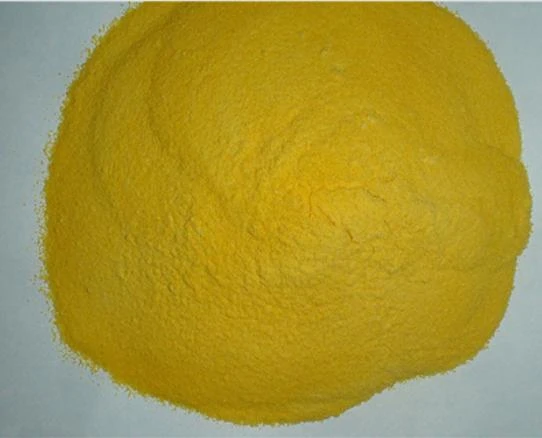Exploring the Applications of Cationic Polyacrylamide in Various Industries
The Versatile Applications of Cationic Polyacrylamide
Cationic polyacrylamide (CPAM) is a water-soluble polymer derived from acrylamide. Its unique properties, particularly its positive charge, make it an essential material in various industries. With a growing emphasis on water treatment, soil stabilization, food processing, and paper production, cationic polyacrylamide has become increasingly popular over the years. This article explores the diverse applications of cationic polyacrylamide and highlights its significance in modern industry.
Water Treatment
One of the primary uses of cationic polyacrylamide lies in water treatment. Its flocculating properties allow it to bind with suspended particles in water, leading to faster sedimentation. This is particularly beneficial in municipal water treatment facilities, where it is used to remove turbidity and improve water clarity. By promoting the aggregation of particles, CPAM enhances the efficiency of filtration processes, ensuring that water is clean and safe for consumption. Moreover, it is effective in treating industrial wastewaters, where it assists in the removal of contaminants before the water is discharged or recycled.
Soil Stabilization
In the agricultural sector, cationic polyacrylamide plays a crucial role in soil stabilization and erosion control. When mixed into soil, CPAM helps to form a gel-like structure that binds soil particles together. This stabilizing effect reduces soil erosion caused by wind and water, making it an invaluable tool in areas prone to erosion. Furthermore, CPAM promotes water retention in soil, enhancing irrigation efficiency and promoting better crop yields. Its ability to improve soil structure is particularly beneficial in arid regions where maintaining soil integrity is vital for sustainable farming practices.
Paper Industry
Cationic polyacrylamide is also widely used in the paper industry. It acts as a retention aid, helping to retain fine particles and fillers in the paper-making process. This enhances the overall quality of paper products while reducing waste during production. CPAM improves the strength of paper sheets by ensuring better bonding between fibers, resulting in higher-quality finished products. Additionally, its use in coatings and sizing agents enhances the printability and surface properties of paper, making cationic polyacrylamide an essential component in modern papermaking.
cationic polyacrylamide uses

Textile and Dyeing Industry
In the textile and dyeing industry, cationic polyacrylamide is utilized as a dyeing auxiliary agent. Its positive charge helps to improve the uptake of dyes by fabrics, ensuring more vibrant and uniform colors. This property is particularly beneficial when dyeing materials that are otherwise difficult to color. Furthermore, CPAM aids in the removal of excess dyes during the rinsing process, reducing water pollution and enhancing overall sustainability in textile production.
Oil and Gas Industry
The oil and gas industry also leverages the properties of cationic polyacrylamide. As a viscosity modifier, CPAM enhances the stability and flow characteristics of drilling fluids. It ensures that these fluids maintain their effectiveness in transporting cuttings and preventing wellbore collapse. The use of cationic polyacrylamide contributes to improved drilling efficiency while minimizing the environmental impact, making it a valuable resource in fossil fuel extraction.
Conclusion
Cationic polyacrylamide is a polymer with a myriad of applications that spans across various industries. Its effectiveness in water treatment, soil stabilization, paper production, textiles, and oil and gas extraction showcases its versatility and importance in modern manufacturing and environmental management. As industries continue to seek sustainable and efficient solutions, the demand for cationic polyacrylamide is expected to grow. Research and innovation surrounding this polymer will likely lead to new applications that further enhance its role in promoting efficiency and sustainability.
In conclusion, cationic polyacrylamide represents a significant advancement in polymer technology. Its ability to address the challenges faced by various industries not only highlights its utility but also emphasizes the importance of such materials in fostering a more sustainable future. With continued exploration of its diverse uses, CPAM is set to play an increasingly important role in technological and environmental advancements.
-
Water Treatment with Flocculant Water TreatmentNewsJun.12,2025
-
Polymaleic AnhydrideNewsJun.12,2025
-
Polyaspartic AcidNewsJun.12,2025
-
Enhance Industrial Processes with IsothiazolinonesNewsJun.12,2025
-
Enhance Industrial Processes with PBTCA SolutionsNewsJun.12,2025
-
Dodecyldimethylbenzylammonium Chloride SolutionsNewsJun.12,2025





